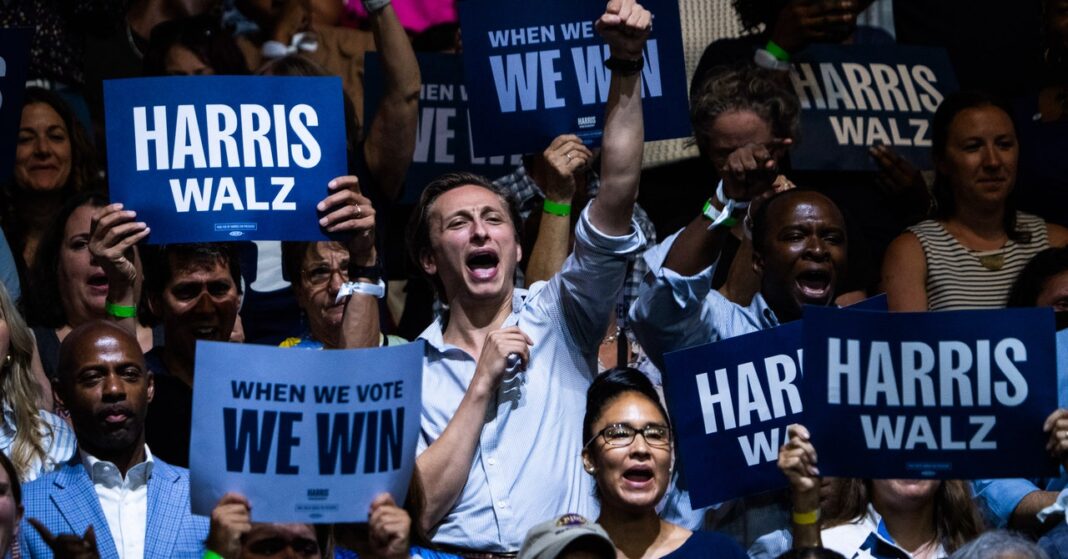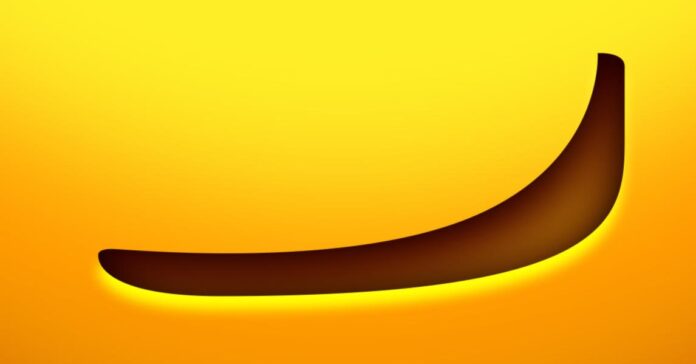In Short:
The evidence from multiple credible sources is more reliable than altered images shared by known disinformers. When checking for AI-generated images, consider various viewpoints and verify with original sources rather than modified social media posts. Current AI detection tools have limitations and can produce false results. Experts have found no signs of AI in certain rally photos, indicating they are authentic.
Recent discussions surrounding allegations of AI manipulation in photographs have gained attention, prompting scrutiny of the sources of such claims. The mountain of evidence derived from direct sources is considerably more substantial than manipulated images circulated by conservative commentators like Chuck Callesto and Dinesh D’Souza, both of whom have been previously caught disseminating election disinformation.
The Significance of Source Diversity
In exploring claims of AI-generated imagery, it is crucial to recognize that diverse sources lend more credibility to information. While a single source may create a convincing artificial image of an event, corroboration from multiple independent sources showcasing the same incident from various perspectives significantly reduces the likelihood of a coordinated deception. The alignment of static images with video evidence enhances credibility, particularly as creating realistic long-form videos remains challenging for many AI technologies due to their complexities.
Assessing Original Sources
Identifying the original source of alleged AI-generated images is paramount. Social media users can easily fabricate AI images, claiming they originate from news reports or live events, subsequently using visible discrepancies in these forgeries as proof of a faked event. Links to original images from credible sources or verified accounts provide a much more reliable foundation than altered screenshots.
Telltale Signs of Authenticity
While verifying original or corroborating sources is advantageous for significant events like presidential rallies, confirming the authenticity of individual images and videos remains challenging. Tools such as Winston AI Image Detector or IsItAI.com utilize machine-learning models to assess whether an image is AI-generated. Nevertheless, many of these detection methods are based on unproven theories that have not demonstrated reliability across broad studies, contributing to the risks of false positives and negatives.
Expert Opinions
In a recent post on LinkedIn, Hany Farid, a professor at UC Berkeley, referred to two models from GetReal Labs which indicated “no evidence of AI generation” in photographs taken during a rally featuring Kamala Harris and posted by Donald Trump. Farid highlighted specific elements within the images that underscore their authenticity.
He noted that “the text on the signs and plane show none of the usual signs of generative AI.” He further remarked, “While the lack of evidence of manipulation is not proof that the image is real, we find no evidence that this image is AI-generated or digitally altered.”
Understanding Anomalies in Images
Even when certain features within a photo exhibit indications of AI manipulation, it is essential to consider that there may exist logical explanations for perceived anomalies. A report from the BBC indicated that the absence of crowd reflections on the plane in some Harris rally images could be attributed to a large, vacant area of tarmac between the plane and the audience, as demonstrated by reverse angles of the scene. Simply marking seemingly peculiar elements in a photo does not constitute robust evidence of AI manipulation.




